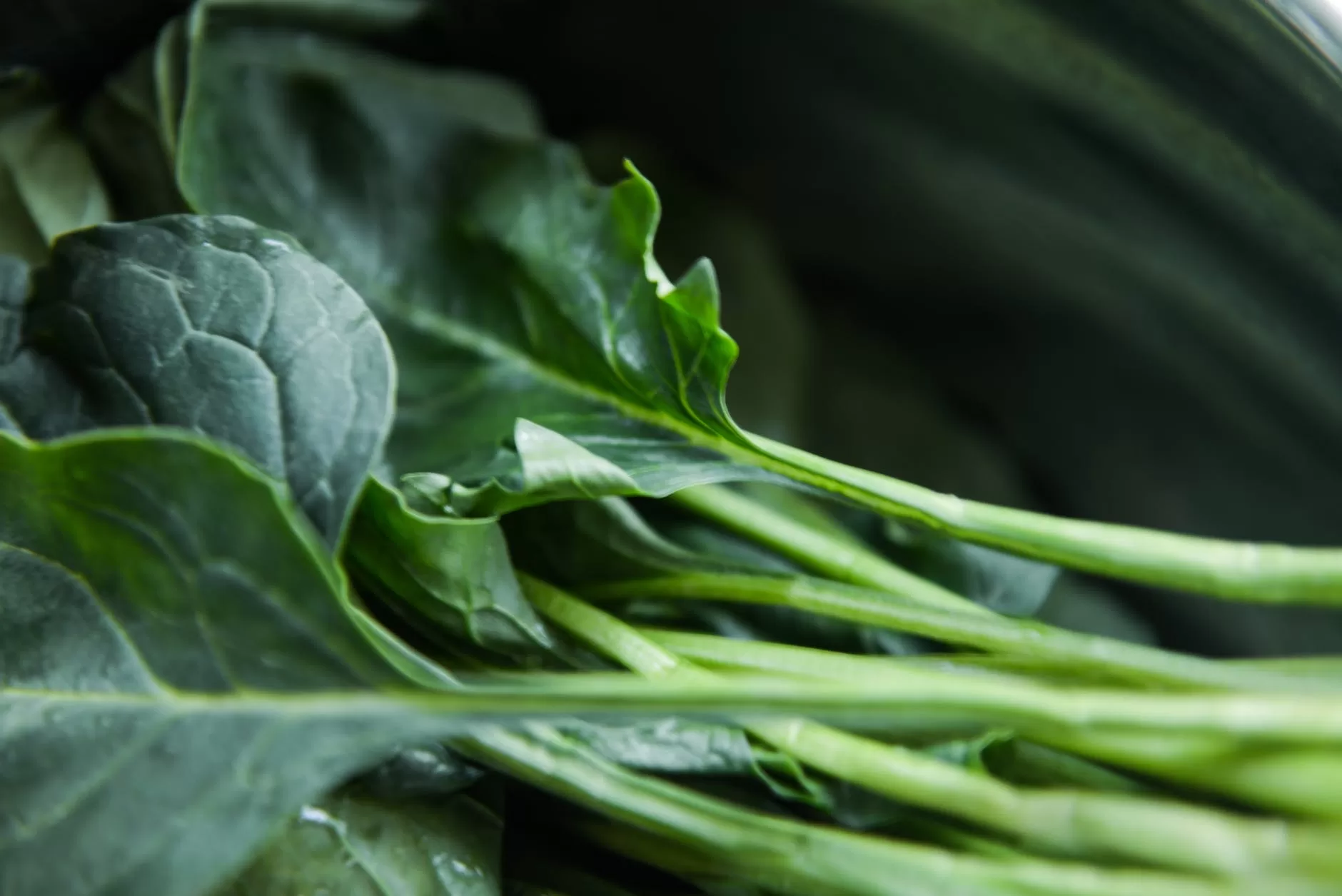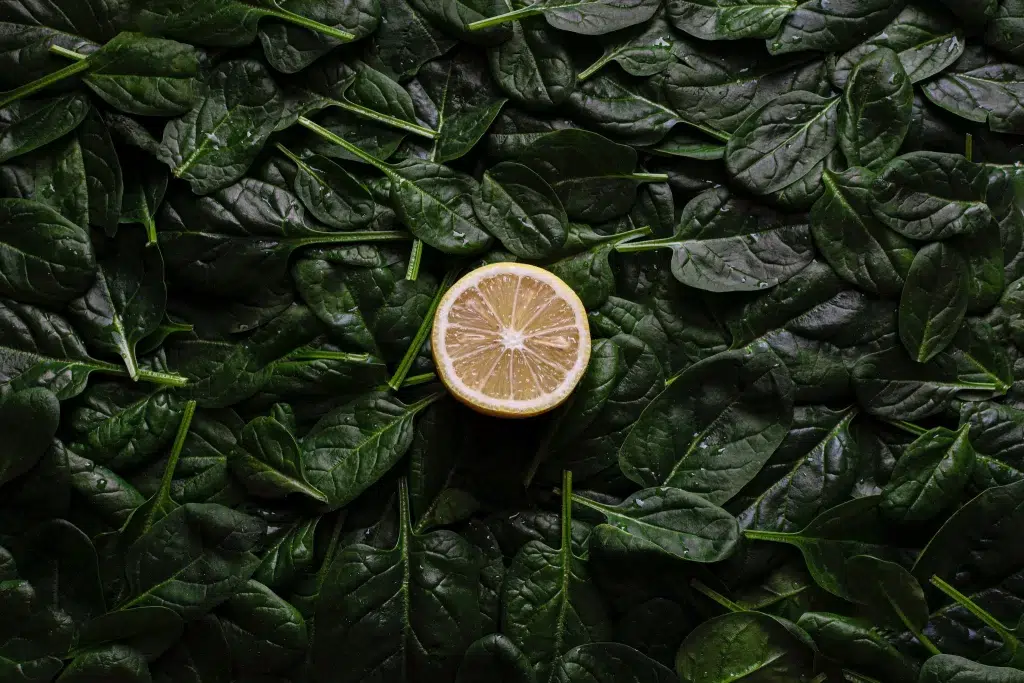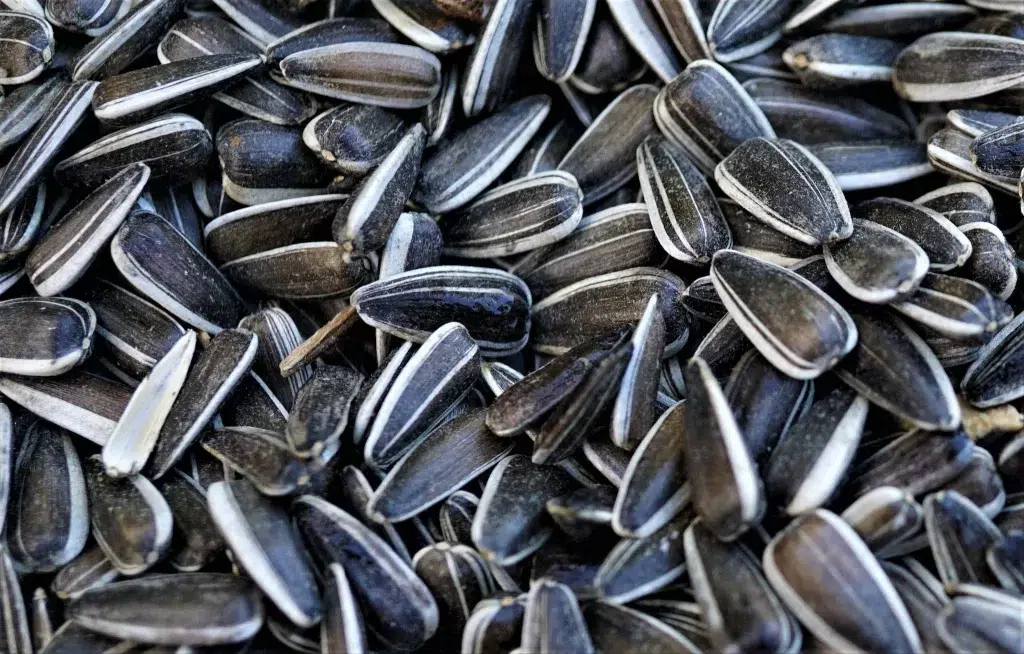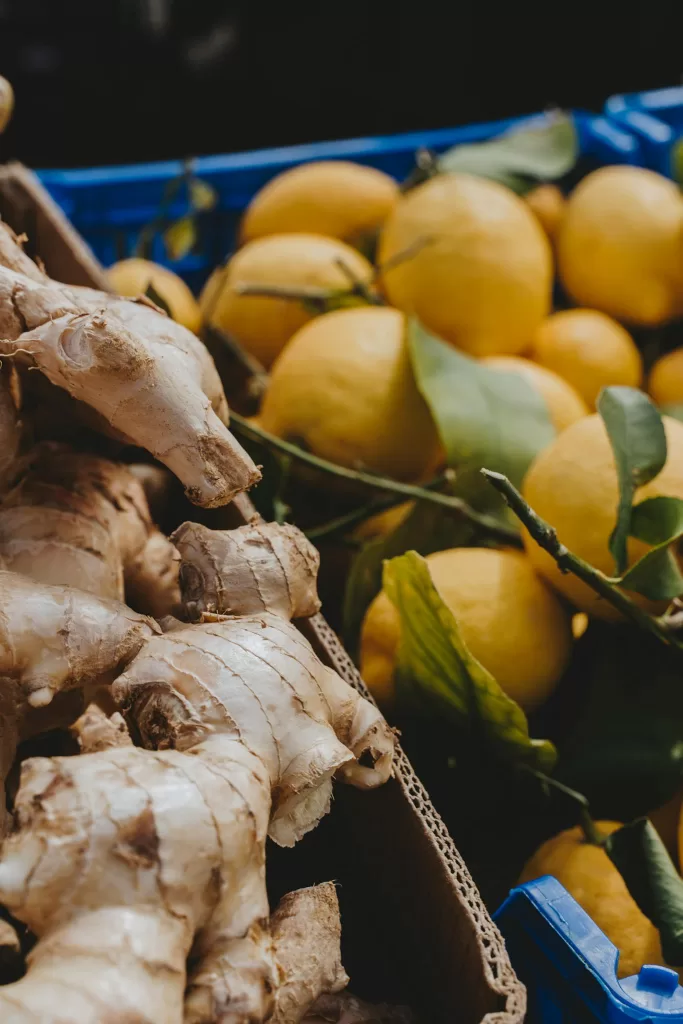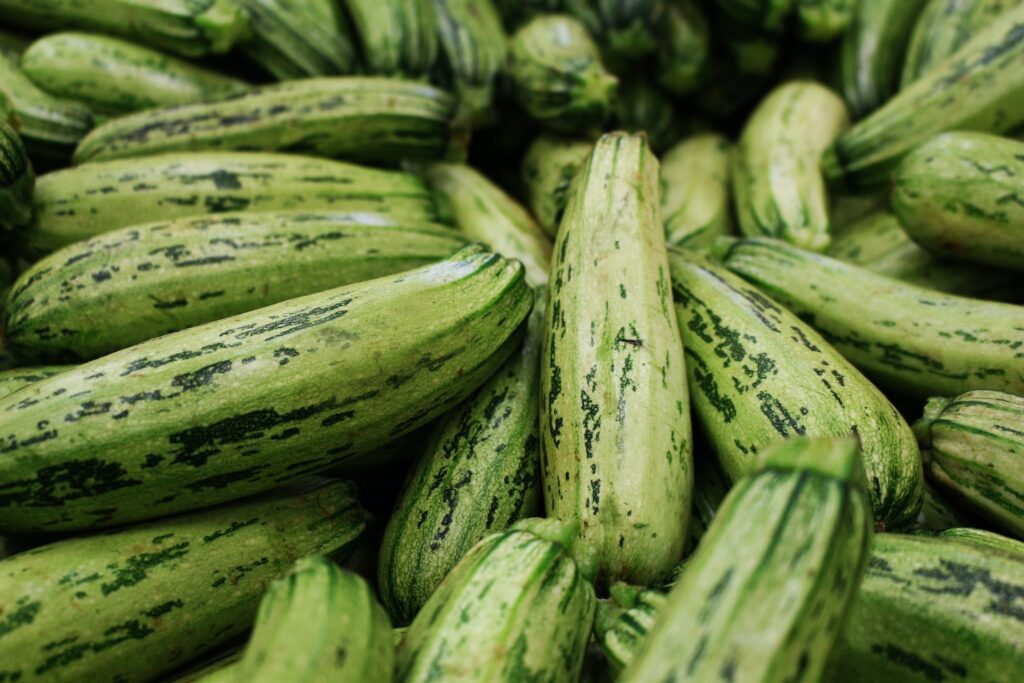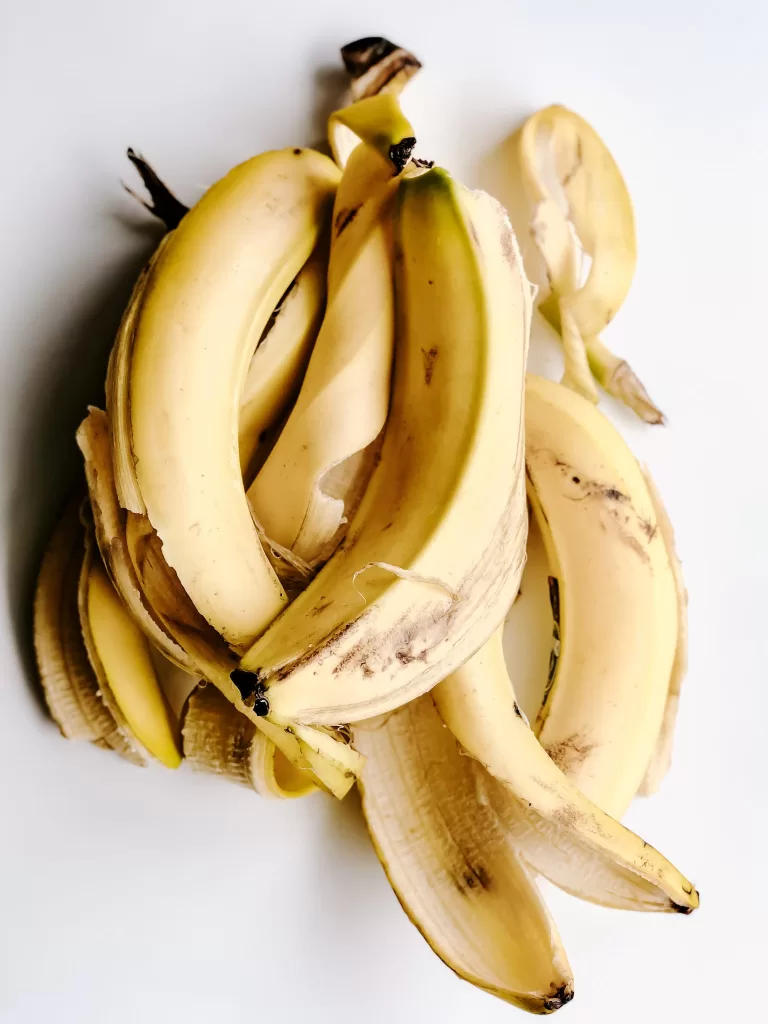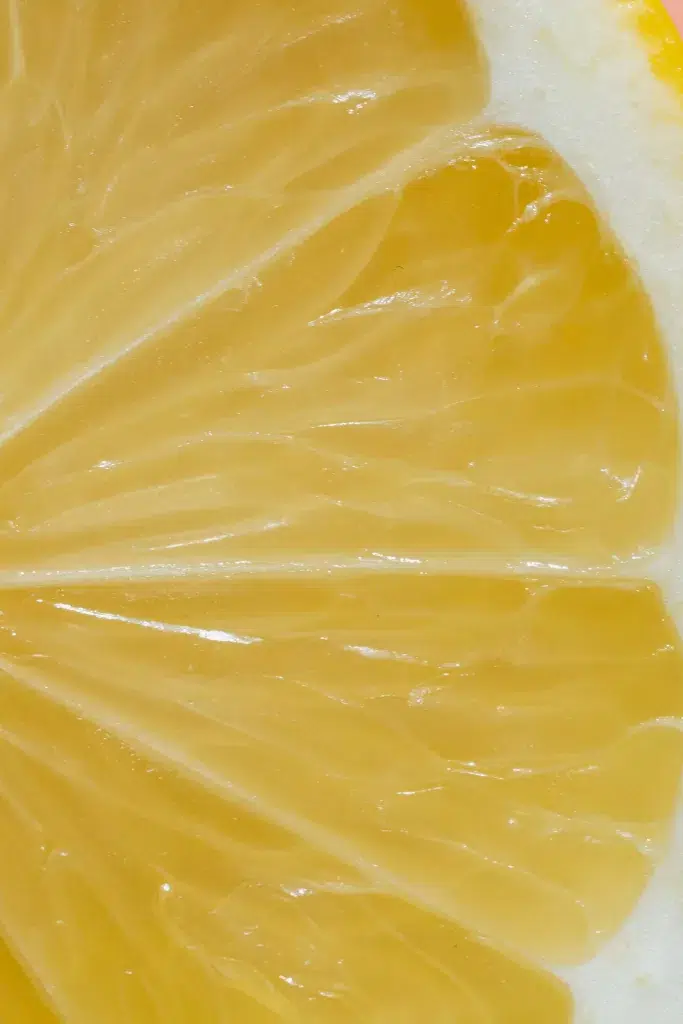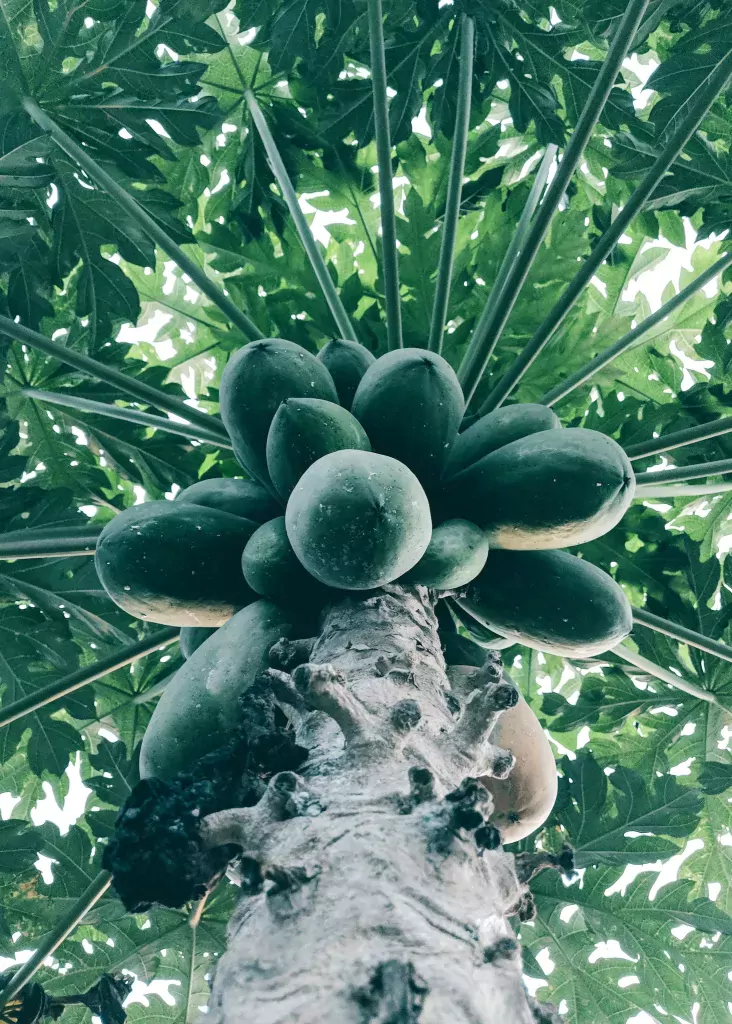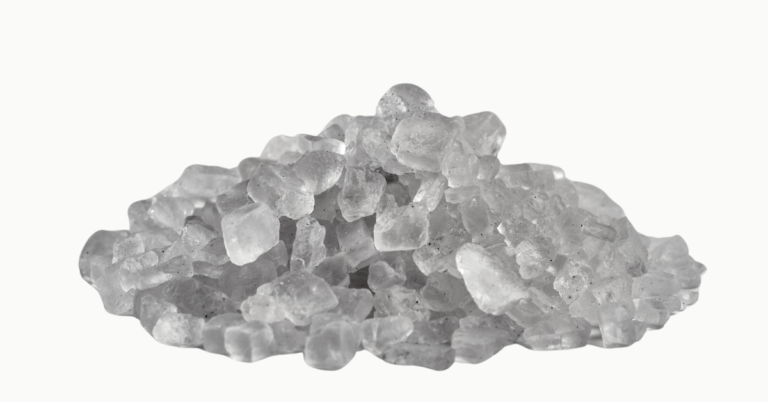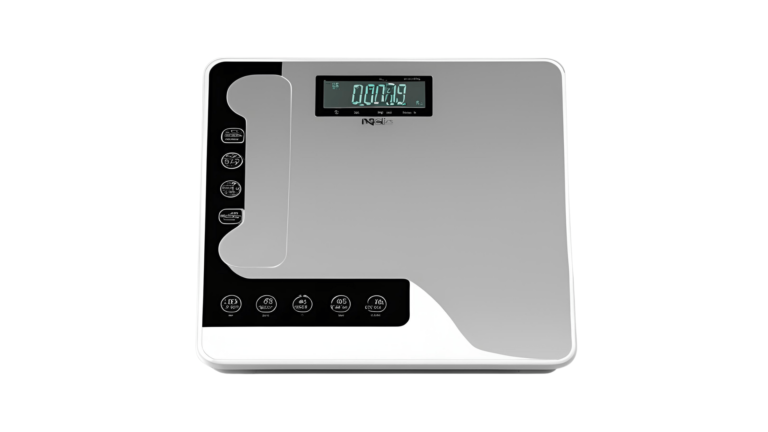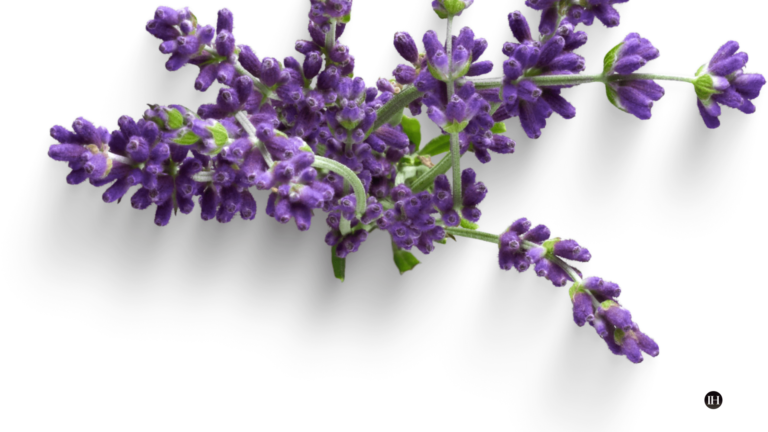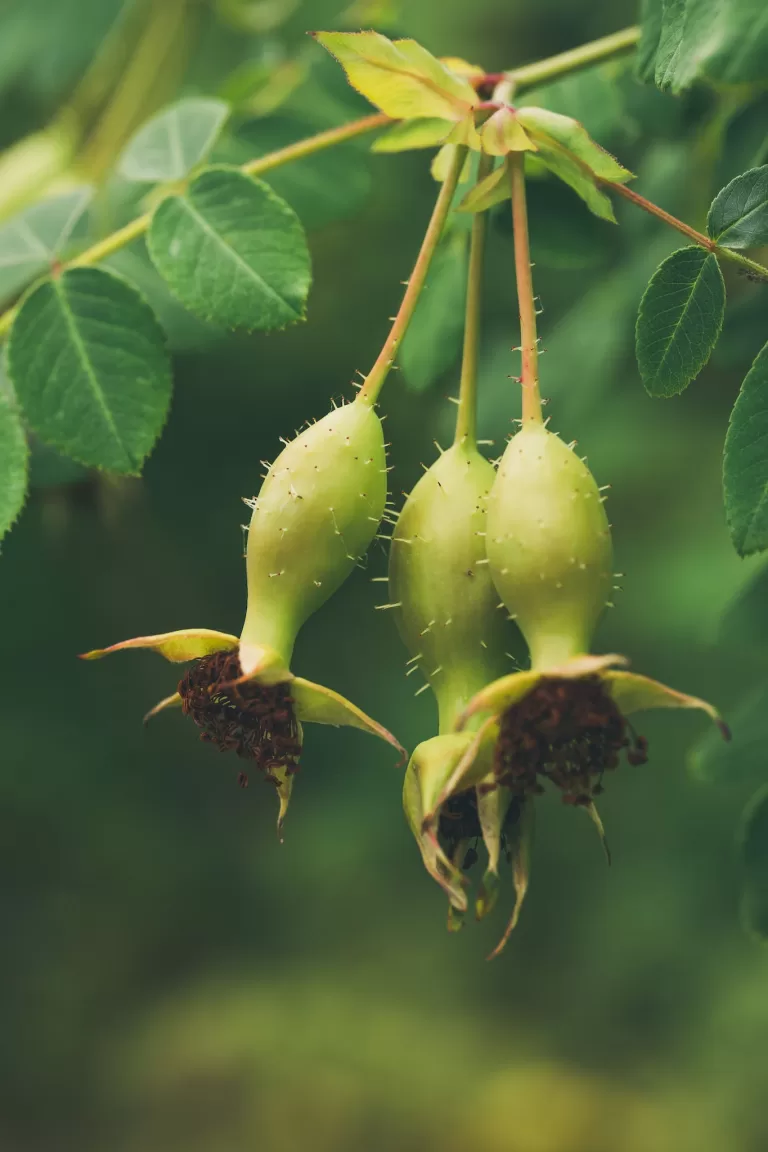What Are Bioactive Compounds: Better Body & Mind?
Plants are a natural source of bioactive compounds known as phytochemicals (micronutrients). They possess potent anti-inflammatory, antioxidant, and anti-ageing properties, among other benefits.
These micronutrients have a long-standing history of use in traditional sciences for their medicinal and therapeutic effects. Recently, they have regained importance as they play a crucial role in influencing physical, mental, and energy health and are an essential component of a nutritious diet.
Key Points In This Article
This article provides an understanding of the importance of bioactive compounds with the main focus on natural whole foods-based compounds;
- Highlighting some studies that recognise their therapeutic value.
- Organic sources of these compounds are preferable as they are free from chemicals and, therefore, better for overall well-being in the long run.
- Additionally, it references traditional sciences that use bioactive compound diets for mental, physical, and energy well-being, such as Ayurveda super soups.

Bioactive Compounds (BCs) In Plant Composition
The bioactive compounds found in plants are called phytochemicals.
A bioactive compound is a naturally occurring chemical compound that can benefit living tissue due to medicinal and therapeutic properties, interacting with various physiological systems in the body.
Plants typically contain various bioactive compounds, including polyphenols, carotenoids, flavonoids, alkaloids, and terpenoids.
Briefly, here are examples of bioactive compounds:
Polyphenols are a type of micronutrient found in plant-based foods, such as fruits, vegetables, and grains.
Carotenoids are organic pigments naturally found in various fruits, vegetables, and other sources.
Flavonoids are naturally occurring compounds found in plants with antioxidant and anti-inflammatory properties.
The Importance of Micro-nutrients
Although important nutrients such as macros have received more attention in the mainstream, micronutrients, due to their medicinal properties, are equally important for long-term well-being.
Studies suggest consuming processed foods may cause low-grade inflammation, triggering non-communicable diseases such as heart, liver, and thyroid problems (Asensi et al., 2023).
Traditional sciences have historically favoured traditional diets for medical and therapeutic applications due to the whole diet and food matrices involved in a well-balanced method of consuming foods.
More mainstream science is now recognising the positive impact (BCs) have on human well-being and longevity.
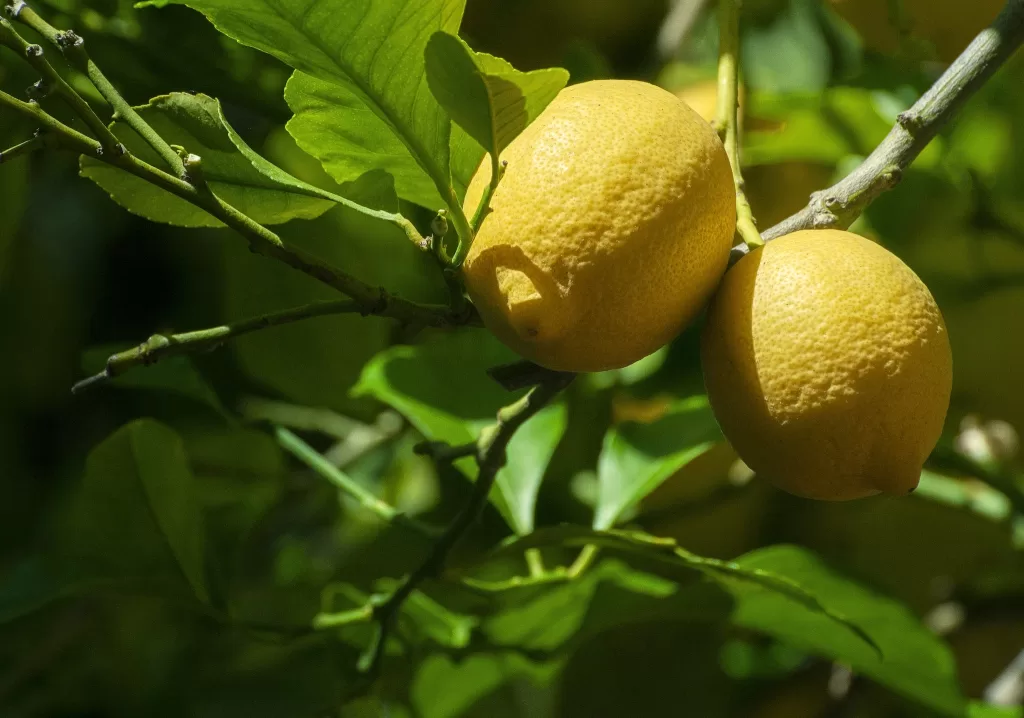
Source of Natural Bioactive Compounds
Plants produce a variety of foods other than the plant parts themselves, such as seeds, legumes, vegetables, and fruits.
These foods contain several compounds and can differ depending on the plant part.
Plants and plant foods naturally contain bioactive compounds; however, some compounds can also be produced or derived synthetically, different from whole food-based (natural) bioactive compounds or supplements.
Here are some plant parts That contain these micronutrients:
- Plant parts such as roots, rhizomes, stems, flowers, leaves, hips, sap, fruit, vegetable and resin contain various compounds.
- The specific parts depend on the plant, and the compounds present vary based on which part is used.
Natural Versus Synthetic Derived Bioactive Compounds
Similarly, synthetically produced bioactive compounds are artificially made in a lab or manufacturing facility rather than derived from natural sources.
They are used in various applications, such as pharmaceuticals, food additives, and cosmetics.
Synthetic compounds are typically labelled with names that resemble their natural counterparts.
For example, synthetic vitamin C may be labelled ascorbic acid, while synthetic vitamin E may be labelled dl-alpha-tocopherol.
It is important to note that synthetic vitamins may not be as beneficial as their natural counterparts and may even negatively affect health when consumed in excess Ie; the term for synthetic vitamin toxicity is hypervitaminosis.
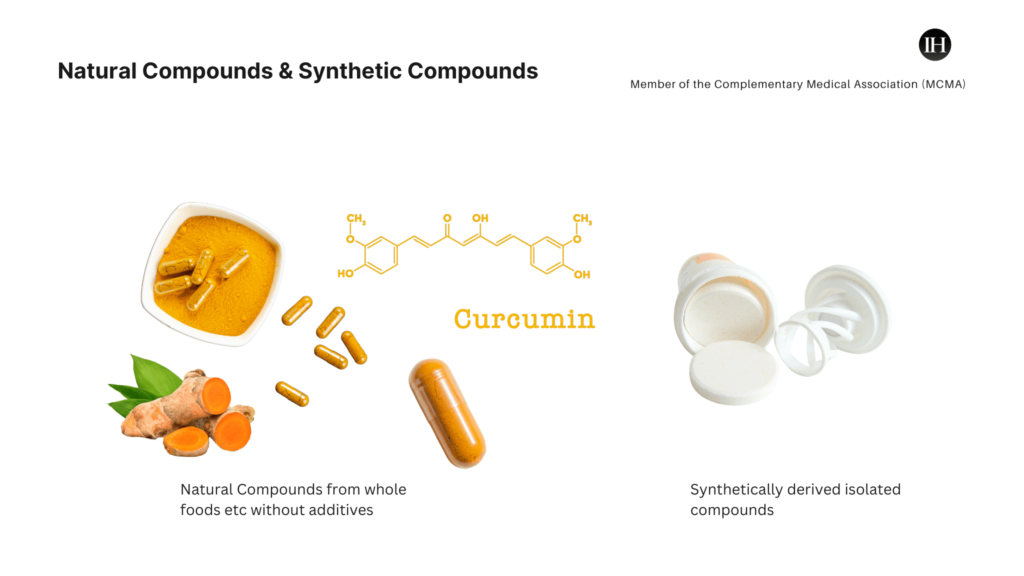
Synthetic Limitations
Some bioactive compounds cannot be reproduced by scientifically synthetic means.
The complex structure of compounds found in plants and animals makes replicating their benefits in a lab challenging.
Therefore, this makes the efforts towards obtaining natural sources of compounds more necessary.
Natural sources are considered more beneficial, as they usually contain a wide range of other nutrients and antioxidants that are beneficial for overall health.
As a general rule, they are easier for the body to digest due to several components, physical and chemical, such as fibre, water, compounds, roughage etc.

Bioavailability of Bioactive Compounds
Bioavailability is the extent and rate at which bioactive compounds are absorbed and become available for biological processes in the body.
Several factors can influence the quality of compounds and how they are absorbed.
For this article, they are categorised as primary and secondary factors:
Primary factors: compounds are influenced by various factors such as cultivation methods, processing, distribution and storage methods etc. Also, utensils and cooking methods affect the value and quality of bioactive compounds.
Secondary factors include the bioavailability of bioactive compounds from ingestion to circulation in the bloodstream toward organs, tissues, and cells, individual differences in metabolism, the body’s excretion of waste through solid and liquid waste, etc.
To illustrate, we consider the connection between nutrients and the circulatory system.
Study: Bioactive Compounds & The Circulatory System
The circulatory system provides vital nutrients and substances to organs, tissues, and cells (“How does the blood circulatory system work?” 2010, InformedHealth.org).
This means that after food is transformed into fuel, it is distributed throughout the body. Therefore, the quality of the fuel source affects the quality of nutrients transported through the circulatory system.
Based on this premise, it is important to consider the quality of the food consumed.
As per a former study, synthetic substances like fertilisers, pesticides, and preservatives are ingested through our diet and circulate in the body.
These substances are different from natural whole food sources that contain bioactive compounds, and their impact on the body needs to be carefully considered.
Example: A Natural Source of Sweetener Such as Honey Opposed to Synthetic Sweetener:
(Sambu et al., 2022) state that artificial sweeteners are substantially man-made chemicals not found in nature.
Such chemicals can be dangerous to the human body. It can cause ingestion and other health-related issues. The most controversial artificial sweetener is aspartame.
Aspartame may be considered a teratogenic agent in this context.
Teratogenic Agents In Synthetic Substitutes
The authors further state that exposure to teratogenic agents as an adult can increase the risk of developing chronic issues, genetic mutations, and other serious health issues.
Therefore, minimising exposure to such agents may be possible through dietary natural choices is one way to reduce exposure.
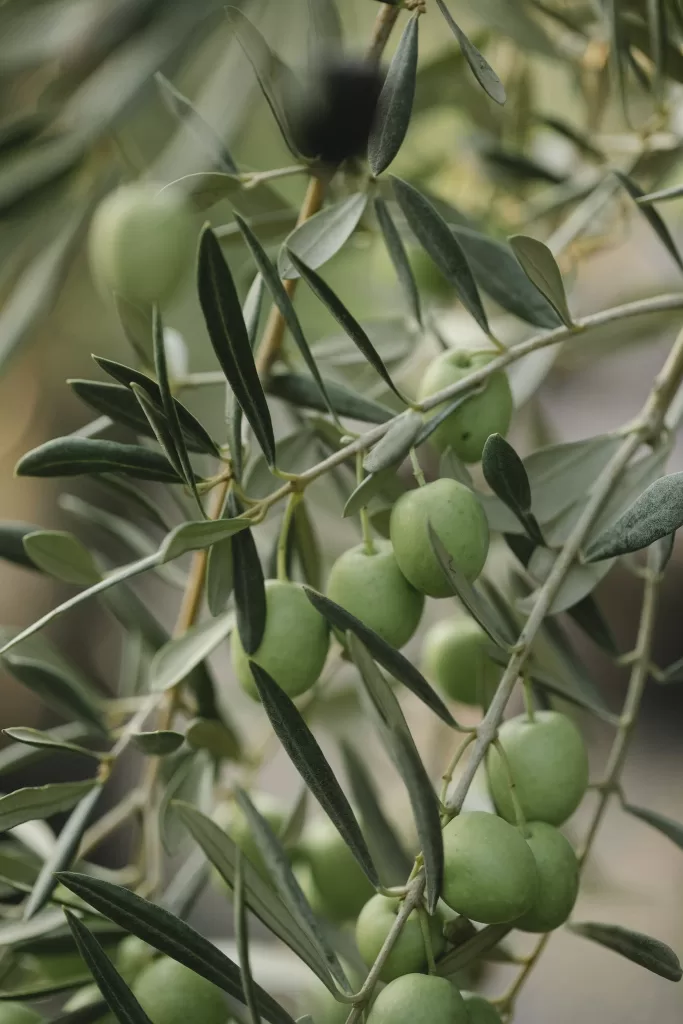
Effect of Cooking Methods On Natural Bioactive Compounds
Subsequently, identifying compounds in plants and various foods is one aspect; the other important factor is obtaining their bioavailability, which can vary based on cooking methods.
Cooking methods have a significant impact on the compounds and properties obtained.
Today, certain cooking methods and utensils may lead to the formation of carcinogenic compounds and can also deplete a whole food of its essential nutrients, rendering it deficient in important phytochemicals.
Several mainstream scientific studies in molecular gastronomy also recognise these negative chemical chain reactions.
The following sections will provide a more detailed explanation of the various types of bioactive compounds.

A Table Of Types Of Natural Bioactive Compounds
Here are some examples of bioactive compounds found in natural (whole) foods and some of their distinguishing characteristics:
Polyphenols
Antioxidant and anti-inflammatory properties
Carotenoids Pigments
Saponins
Foaming property
Terpenoids
Antioxidant and anti-inflammatory properties
Flavonoids
Antioxidant and anti-inflammatory properties
Alkaloids
Nitrogen-containing compounds
Glycosides
Contain a sugar molecule
Tannins
Astringent properties
Phenolic acids
Antioxidant properties
Phytosterols
Hormone levels & reducing inflammation, similar in structure to cholesterol and may have some mild steroid-like effects. Sunflower, flax, sesame seeds etc
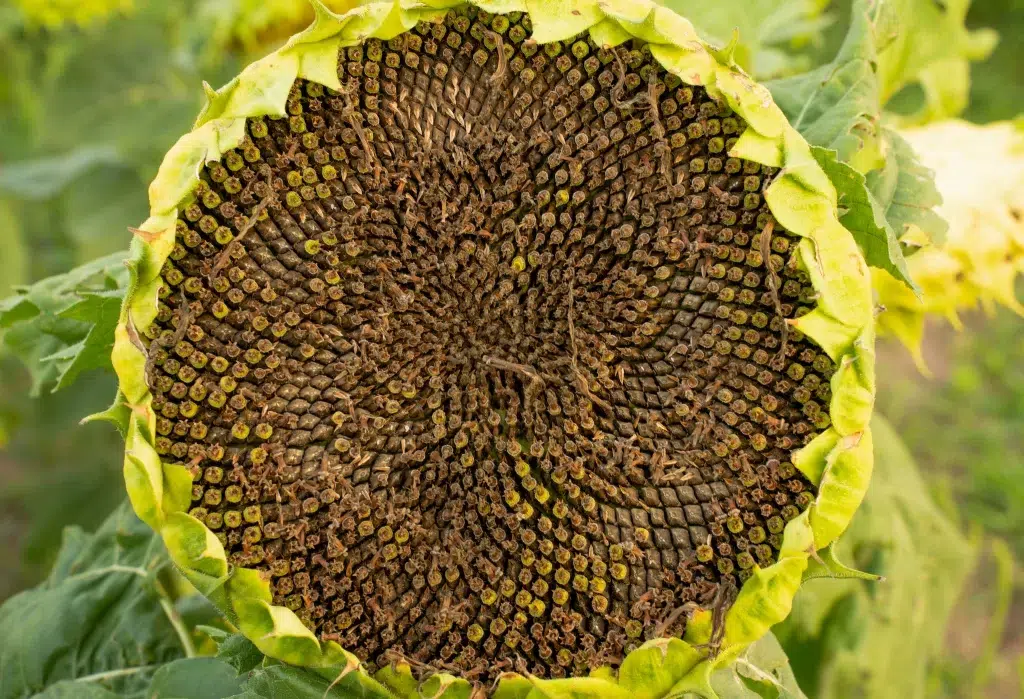
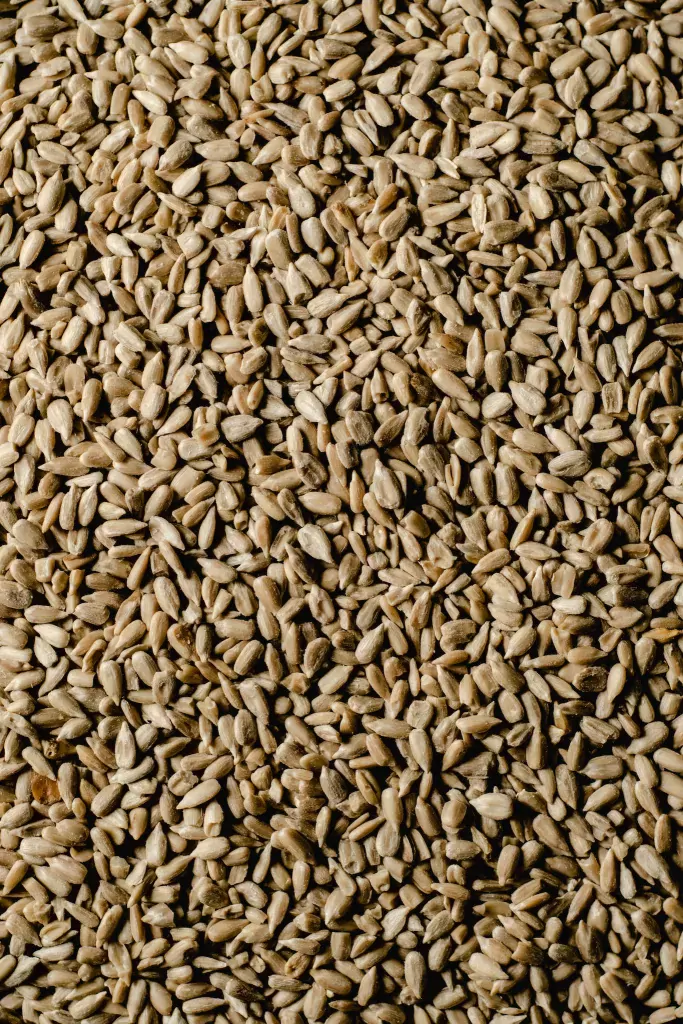
Polyphenols
Polyphenol compounds are present in numerous plant-based foods such as fruits, vegetables, and tea. They possess antioxidant properties and exhibit anti-inflammatory and antioxidative effects.
For instance, common sage contains rosmarinic and phenolic acids, which help protect the body against oxidative stress and inflammation.
Phenolic Acids
Phenolic acids are in fruits, vegetables, and grains. They have antioxidant properties and exhibit potent antioxidative effects. Some well-known phenolic acids include sinapic acid found in bee pollen.
Glycosides
Glycoside compounds contain a sugar molecule and are found in many plants.
Sunflower seeds contain monoterpene glycosides, which have various effects on the body, including regulating blood pressure and heart rate. These seeds are also associated with protective properties.


Carotenoids
Carotenoids are pigments in plants responsible for the bright colours of fruits and vegetables.
They have antioxidant properties and have anti-inflammatory and antioxidative effects. Some well-known carotenoids include beta-carotene, lycopene, and lutein.
The yellow or green courgette is an excellent source of carotenoids and lutein. For instance, a single cup of chopped courgette provides an estimated 149 ug of beta-carotene and 2630 ug of lutein + zeaxanthin (USDA values).
Saponins
These are plant compounds with a foaming property and can lower cholesterol levels. Saponins include triterpene glycosides, spirostanol glycosides, and steroidal alkaloid glycosides.
They are found in legumes such as green mung bean, oats, quinoa, etc.
Terpenoids
Terpenoids are a large group of compounds in many plants. They have antioxidant and anti-inflammatory properties and exhibit anti-carcinogenic effects.
Some well-known terpenoids include curcumin in turmeric and lemongrass, which contains several bioactive compounds, including limonene and citral.
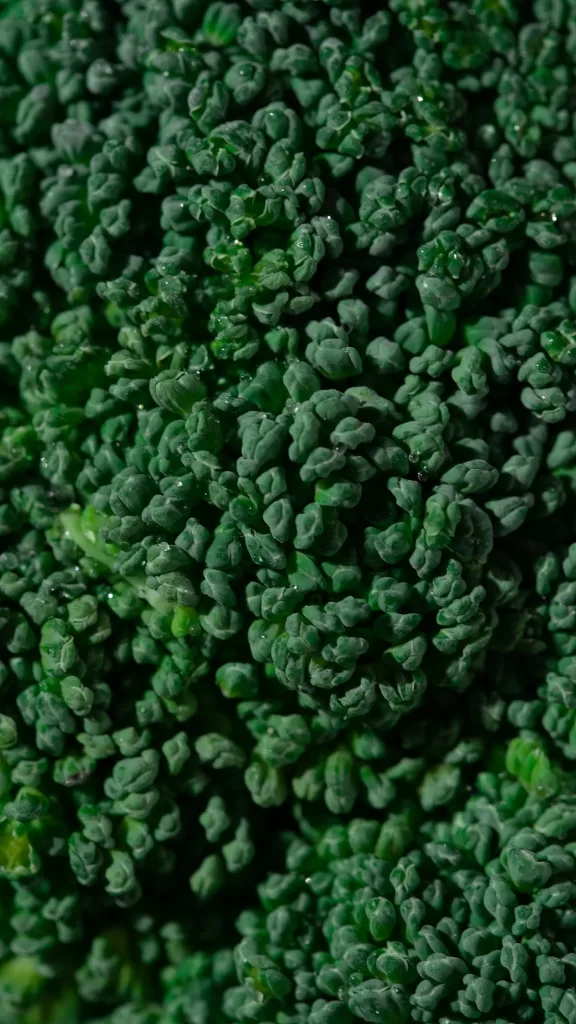
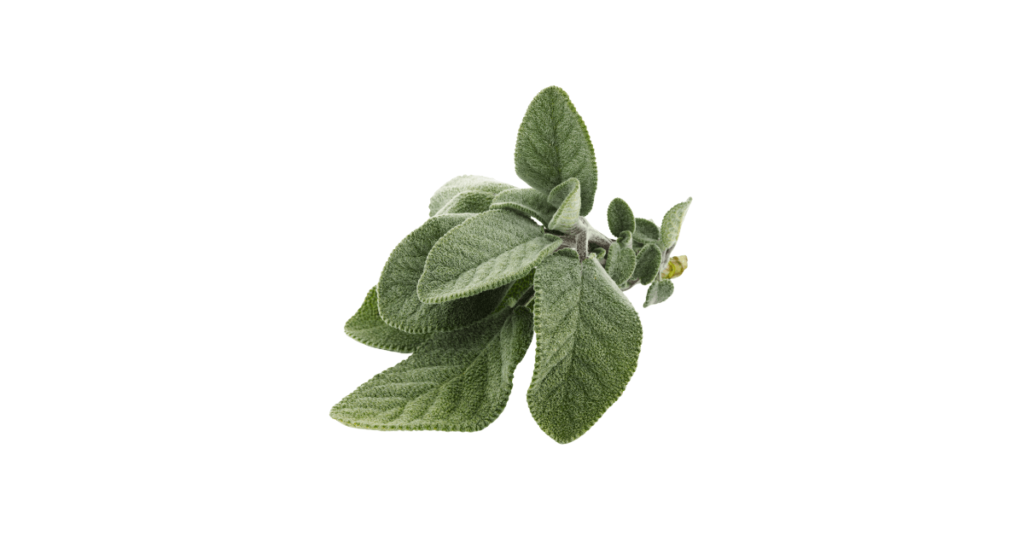
Flavonoids
Flavonoids are compounds found in fruits, vegetables, and herbs. They have antioxidant and anti-inflammatory properties and are believed to have anti-carcinogenic effects.
Some well-known flavonoids include quercetin, found in apples and onions, and catechins, found in green tea.
Fennel seeds contain quercetin and apigenin, major flavonoids.
Alkaloids
These are nitrogen-containing compounds found in many plants. They have various effects on the body, including pain relief and central nervous system stimulation.
Some well-known alkaloids include caffeine, which is found in coffee and several teas.
Tannins
Tannins are found in many plants, including tea. They have astringent properties and can bind to proteins, making them helpful in treating diarrhoea and other digestive issues.
Steroids
Steroids are a group of compounds in many plants and animals. They have various effects on the body, including regulating hormone levels and reducing inflammation. Some well-known steroids include cholesterol and beta-sitosterol.
For example, beta-sitosterol is found in olive oil as well as other sources.
Although the effect of plant bioactives on health has been demonstrated in many examples, it seems to correlate more with a diet rich in fruits and vegetables.
(Kurek et al., 2022)
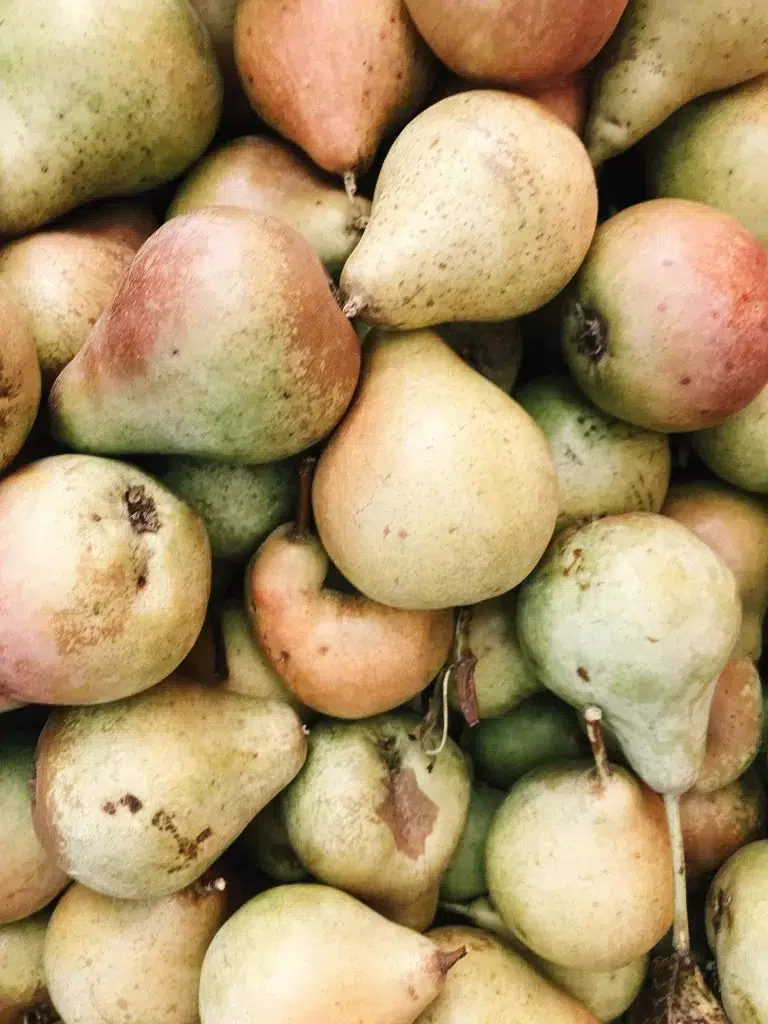
List Of Vegetables
- Carotenoids: found in orange and dark green vegetables like carrots, sweet potatoes, kale, and spinach.
- Flavonoids: found in colourful vegetables like broccoli, bell peppers, courgettes and tomatoes.
- Sulforaphane: found in cruciferous vegetables like broccoli, cauliflower, and cabbage.
- Resveratrol: found in red and purple plants like grapes, cherry, eggplant, red onions, and beets.
- Different seasonal vegetables contain various vitamins in them. For instance, winter squash and sweet potatoes are high in Vitamin A, while broccoli and bell peppers are rich in Vitamin C. Vitamin K is in Spinach, kale, and collard greens etc. In contrast, asparagus and avocado are good sources of Vitamin E. Additionally, carrots and turnips are excellent sources of Vitamin B6.
- Anthocyanin: found in blue and purple vegetables like blueberries, purple cabbage, and purple sweet potatoes.
List of Fruits
Fruit bioactive compounds are a diverse group of natural plant compounds present in fruits. They possess a variety of physiological and biological effects on the human body.
These compounds are responsible for the characteristic colours, flavours, and fragrances of fruits and provide numerous health benefits, such as reducing the risk of chronic diseases, including cardiovascular disease, neurodegenerative disorders and others.
- Types of compounds: Flavonoids, Carotenoids, Phenolic acids, Anthocyanin, Tannins, Resveratrol, Quercetin, Vitamin C, Vitamin E, Fibre, Calcium, Potassium, Other vitamins and minerals.
- For example: Blueberries are high in antioxidants called anthocyanins and oranges, which are a great source of vitamin C. Apples are also a good choice, as they contain quercetin, a flavonoid with anti-inflammatory properties.

Other Sources of Bioactive Compounds
Consequently, the source of bioactive compounds from natural foods is complex and vast.
Other sources include, legumes, such as lentils, and beans, providing fibre, protein, and essential vitamins and minerals.
Nuts and seeds like almonds, walnuts, chia seeds, and flaxseeds contain healthy fats, fibre, and other (BCs) that help lower cholesterol and promote cardiac wellness.
Honey is an excellent source of natural glucose and is considered safe for people with diabetes. Due to its neuro-protective properties, it’s also recognised as a brain food.
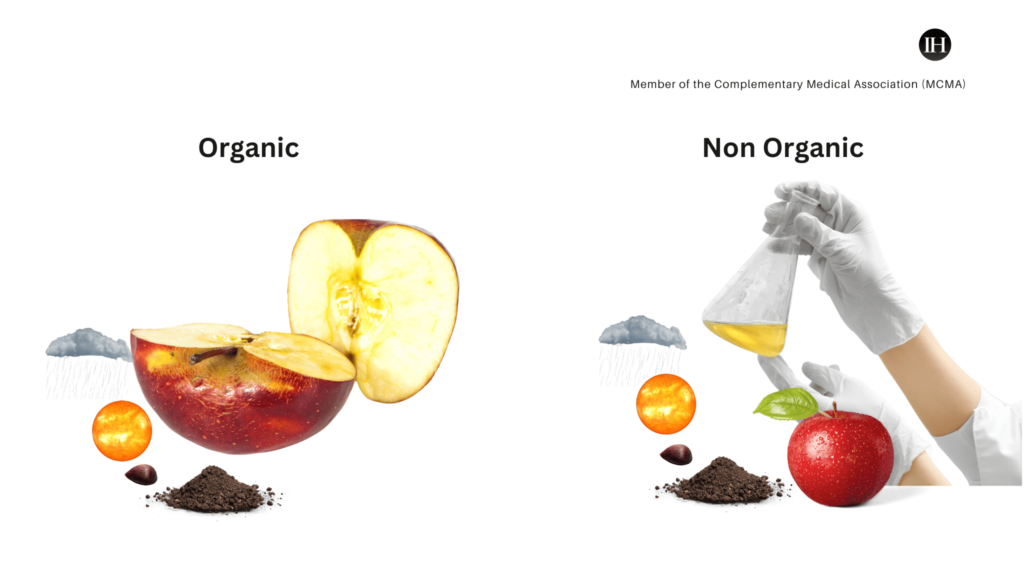
Selecting The Source Of Natural Bioactive Compounds: Considerations
Compared to conventionally grown foods, organic foods are less likely to cause side effects since they are not grown with chemical pesticides, preservatives, or additives.
For example, an organic apple is less likely to contain synthetic additions than a non-organic apple.
Also, organic farming practices promote soil health and biodiversity, positively impacting human health by reducing exposure to harmful chemicals and supporting healthy ecosystems.
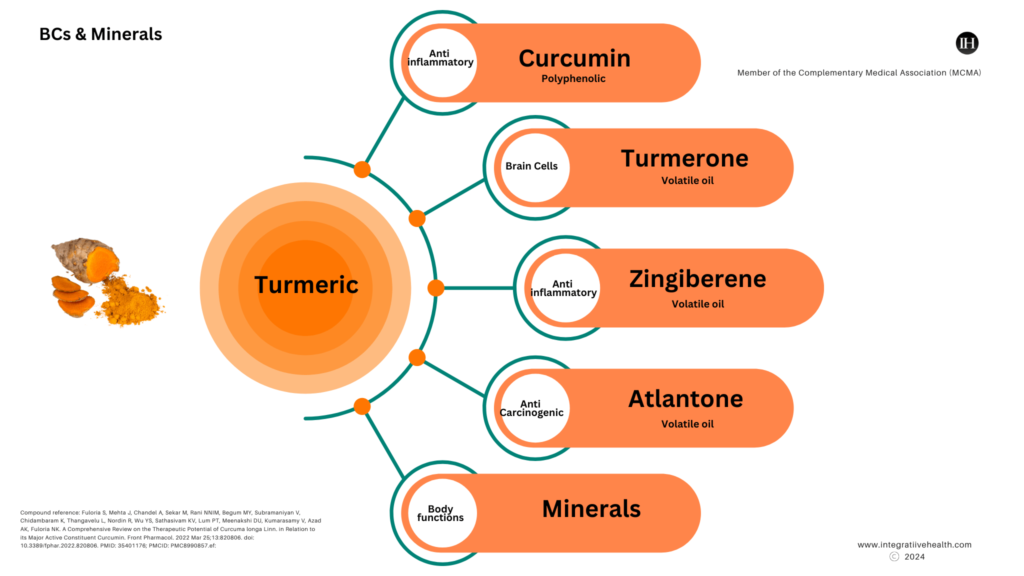
Case Study: Preservatives In Food
According to multiple studies, there is an association with certain health issues like asthma, attention deficit hyperactivity disorder (ADHD), heart difficulties, cancer, obesity, and more, caused by harmful additives and preservatives present in food.
Some food additives may impact hormones and affect growth and development, which is why many children suffer from being overweight.
Children are more susceptible to these types of dietary intakes. Women also use various food additives during pregnancy and breastfeeding, which may not be entirely safe as suggested by (Sambu et al. (2022) study published in BioMed Research International).
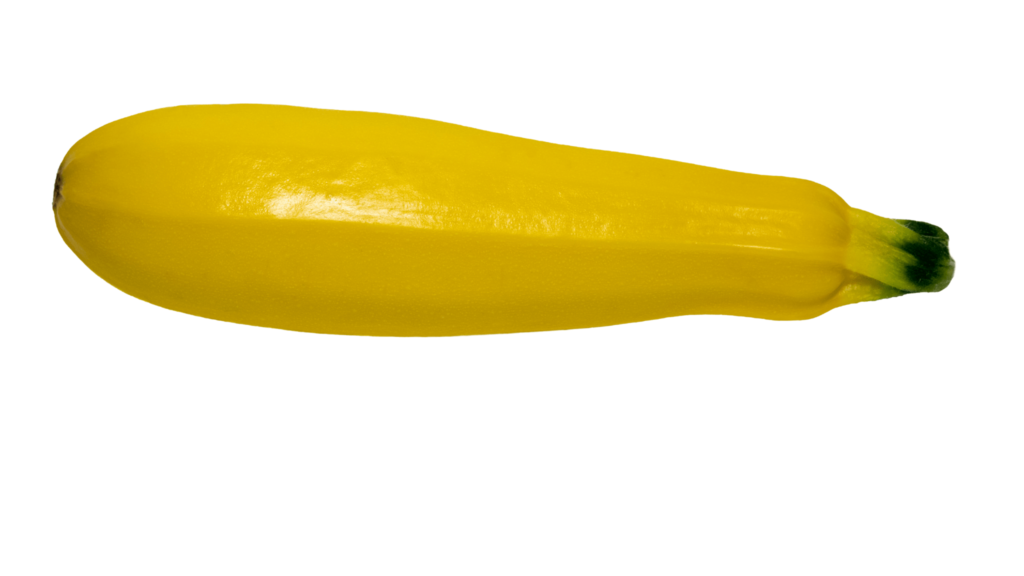
Subsequently, dietary changes can significantly improve health and increase life expectancy across all age groups. The consumption of vegetables and whole grains has the most impressive effect.
(Kurek et al., 2022)
Therapeutic Properties Of Bioactive Compounds
Recognition of the therapeutic effects of bioactive compounds from natural sources is vast.
Here are some reputable studies briefly highlighting their body-friendly actions and vital importance within context:
- According to Science Direct, most bioactive compounds have antioxidant, anti-carcinogenic, anti-inflammatory, and antimicrobial properties.
- Pai et al. (2022) reported that bioactive compounds are crucial for the human body as they possess various properties, including antioxidant, anti-allergic, anti-inflammatory, antimicrobial, anti-carcinogenic, and antimutagenic.
- Bioactive compounds have been proven to have numerous health benefits and help prevent various diseases and metabolic abnormalities through several pharmacological studies (Chhikara et al. 2019).
- Additionally, bioactive compounds possess anti-ageing properties desirable for the cosmetic industry (Câmara et al., 2020).
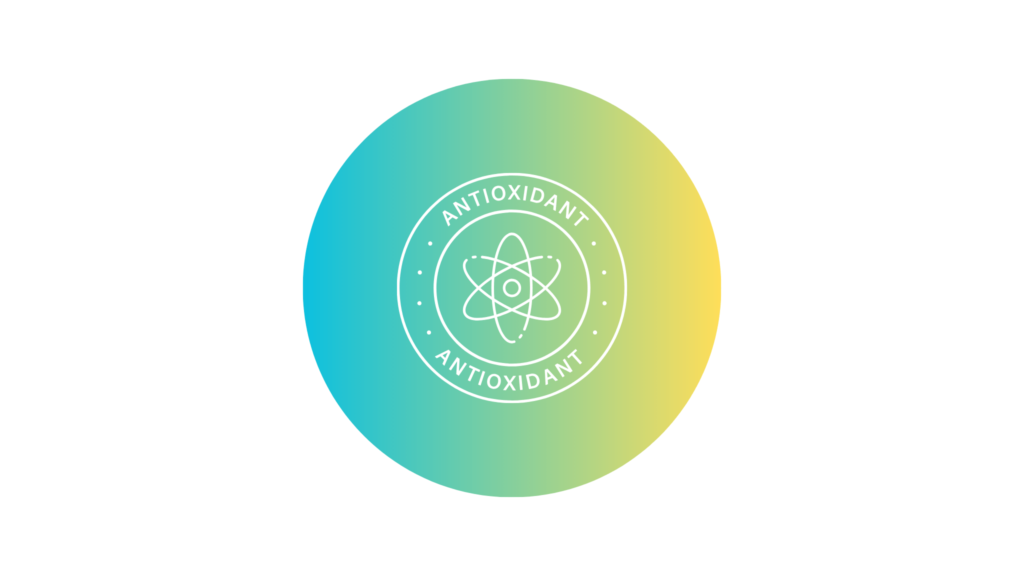
Differences Between Natural Live Compounds Versus Supplements
Present-day research suggests a distinction between bioactive compounds from natural sources and supplements.
For example, consuming organic courgettes containing lutein provides different benefits than taking lutein supplements for specific therapeutic purposes.
Furthermore, even if the source of supplementation is from organic or whole food, there may be differences in particular qualities.
Here is an example for further understanding:
According to (Kurek et al., 2022), plants rich in lycopene may have several beneficial effects, notably reducing cardiovascular disease or prostate cancer, incredibly advanced or fatal cancers, whereas lycopene supplementation has far less impact.
A well-balanced diet that includes organic bioactive compounds is critical to holistic health. High-quality supplements may be a positive addition to this complex interplay.
Incorporating Bioactive Compounds Into A Diet: Considerations
There are two ways to obtain bioactive compounds: through foods and supplementation. When considering this, it’s important to consider some key factors.
- A bioactive diet should have a well-balanced range of natural foods.
- Natural live food sources contain water and provide bioactive compounds subject to food matrix effects.
- Generally, a well-rounded bioactive diet is one of the best sources of these compounds for healthy adults.
- Bioactive compounds in supplements require professional guidance to optimise their suitability and quality.
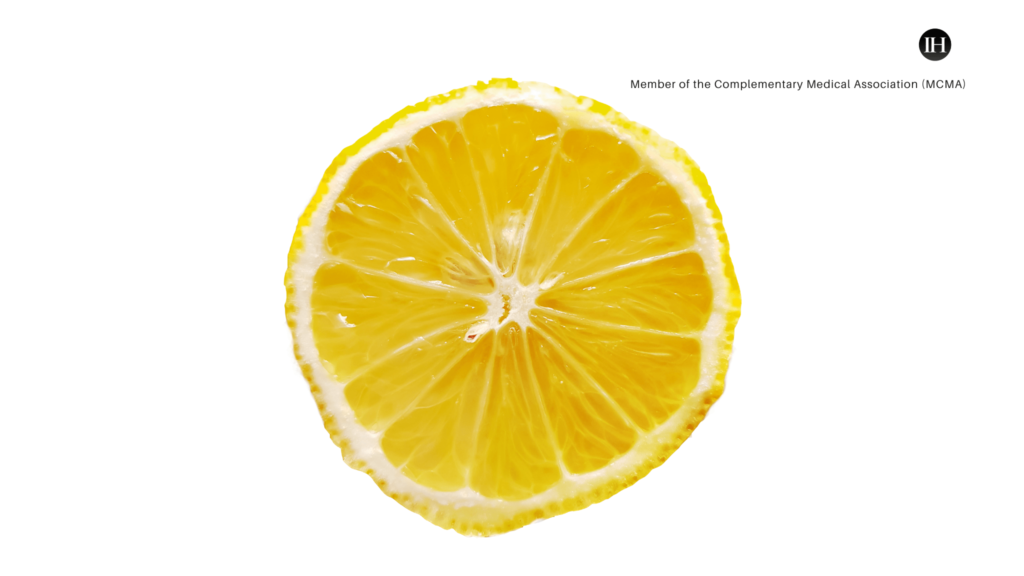
Ayurveda Sciences Use of Bioactive Compounds
Similarly, according to WHO, an estimated 88% of all countries use traditional medicine, such as herbal medicines, acupuncture, yoga, indigenous therapies and others.
Ayurveda emphasises the importance of diet as a key source of optimal health. The field of natural foods and their benefits in diets are vast in Ayurvedic sciences.
However, a good balance of Vata, Pitta, and Kapha foods is considered an optimum palette for dietary wellness.
The dietary components should follow an individual’s predominant dosha at birth and age.
Summary
Bioactive compounds are chemical substances found in plants that can positively impact human health. They can help prevent diseases, reduce inflammation, and promote overall well-being.
These compounds influence therapeutic actions and affect biological activities in the living tissue.
Antioxidative and anti-inflammatory effects are recognized actions that help prevent chronic diseases in an integrative approach to diet.
The wisdom of traditional science lies in its capacity to identify and harness the potency of these natural compounds to promote good health.
Nevertheless, it is essential to note that the effects of compounds obtained from fresh organic sources differ from those obtained through derived supplementation.
Suitability & Precautions
Precautions and personal responsibility are crucial. Check the suitability of dietary routines for pregnant women, individuals with allergies, and individuals with chronic health concerns. (BCs) from fresh vegetables and fruits (part of a well-balanced dietary routine) carry different effects than natural supplements. Seek the advice of a professional to make an informed choice.
InteGratiive Insights
This ancient quote from Ayurveda translates to “Swasthasya swasthya rakshanam, aturasya vikar prashamanam” from sanskrit. It highlights the holistic approach of Ayurveda and emphasises the importance of maintaining a balance between the mind, body, and spirit. Furthermore, it recognises the interconnectedness of all aspects of health. By addressing the root causes of imbalances and promoting natural healing processes, Ayurveda seeks to promote optimal health and vitality for all individuals.
The quote from Greek physician Hippocrates emphasises the importance of consuming natural, whole foods to promote overall health and well-being. Phytochemicals in plant foods are directly linked to health benefits like reducing inflammation and preventing chronic diseases, promoting healthy ageing and longevity.
- Bioactive Compounds: ScienceDirect: https://www.sciencedirect.com/topics/food-science/bioactive-compound
- Sorrenti, V., Burò, I., Consoli, V., & Vanella, L. (2023). Recent Advances in Health Benefits of Bioactive Compounds from Food Wastes and By-Products: Biochemical Aspects. International Journal of Molecular Sciences, 24(3).
- InformedHealth.org [Internet]. Cologne, Germany: Institute for Quality and Efficiency in Health Care (IQWiG); 2006-. In brief: How does the blood circulatory system work? [Updated 2023 Nov 21]. Available from: https://www.ncbi.nlm.nih.gov/books/NBK279250/
- Pai, S., Hebbar, A., & Selvaraj, S. (2022). A critical look at challenges and future scopes of bioactive compounds and their incorporations in the food, energy, and pharmaceutical sector. Environmental Science and Pollution Research International, 29(24), 35518-35541.
- Kurek, M., Benaida-Debbache, N., Garofulić, I. E., Galić, K., Avallone, S., Voilley, A., & Waché, Y. (2022). Antioxidants and Bioactive Compounds in Food: Critical Review of Issues and Prospects. Antioxidants, 11(4). https://www.ncbi.nlm.nih.gov/pmc/articles/PMC9029822/
- Samy, R. P., Pushparaj, P. N., & Gopalakrishnakone, P. (2008). A compilation of Bioactive Compounds from Ayurveda. Bioinformation, 3(3), 100-110. https://doi.org/10.6026/97320630003100
- Lee SJ, Bae J, Kim S, Jeong S, Choi CY, Choi SP, Kim HS, Jung WW, Imm JY, Kim SH, Chun T. Saponins from soy bean and mung bean inhibit the antigen specific activation of helper T cells by blocking cell cycle progression. Biotechnol Lett. 2013 Feb;35(2):165-73. doi: 10.1007/s10529-012-1060-y. Epub 2012 Oct 16. PMID: 23070623.
- Fei Y, Zhao J, Liu Y, Li X, Xu Q, Wang T, Khan IA, Yang S. New monoterpene glycosides from sunflower seeds and their protective effects against H2O2-induced myocardial cell injury. Food Chem. 2015 Nov 15;187:385-90. doi: 10.1016/j.foodchem.2015.04.079. Epub 2015 Apr 24. PMID: 25977041.
- ScienceDirect – Beta Sitosterol: https://www.sciencedirect.com/topics/agricultural-and-biological-sciences/beta-sitosterol
- Rodríguez-Romero JJ, Durán-Castañeda AC, Cárdenas-Castro AP, Sánchez-Burgos JA, Zamora-Gasga VM, Sáyago-Ayerdi SG. What we know about protein gut metabolites: Implications and insights for human health and diseases. Food Chem X. 2021 Dec 22;13:100195. doi: 10.1016/j.fochx.2021.100195. PMID: 35499004; PMCID: PMC9039920.
- Tristan Asensi M, Napoletano A, Sofi F, Dinu M. Low-Grade Inflammation and Ultra-Processed Foods Consumption: A Review. Nutrients. 2023 Mar 22;15(6):1546. doi: 10.3390/nu15061546. PMID: 36986276; PMCID: PMC10058108.

